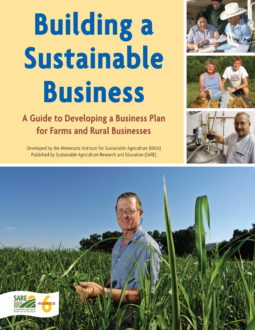Task 1: Identify Values

Start the business planning process by identifying your values. These are your most important ideas, beliefs or standards that guide you when you need to make decisions. Naming your values now will help you later in the business planning process when it’s time to create your mission and vision, goals, and business strategies.
Try thinking about how your values apply to different areas of your life and farm business: for example, your personal, economic, environmental and community values. Ask yourself questions like:
- What’s most important to you in each of these areas?
- How do you define success in each?
If family members, business partners or other people are part of your planning process, you should involve them now. Give them a chance to identify their values. Take time to see which values you share and which values might be different. This will make it easier to resolve any conflicts in the later steps of the process.
Planning task 1 in Building a Sustainable Business includes more information on this step, along with worksheets to help you capture both your personal values and shared values among your planning team.
Task 2: Farm History and Current Situation
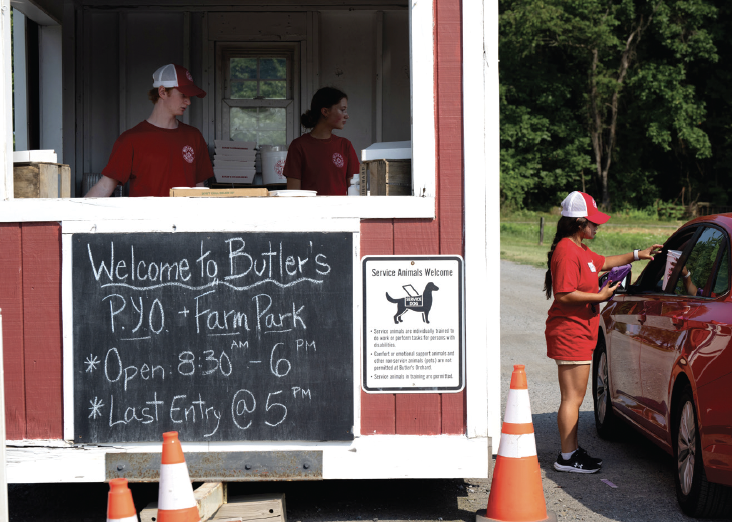
Business planning involves exploring new directions for your business. But before you begin thinking about the future, it's important to have a complete view of your current situation and how you arrived there.
Planning task 2 in Building a Sustainable Business walks you through the information you should collect at this point. This task takes time and effort. Worksheets are provided in that publication to help you stay organized.
The first major step in this task is to write a brief history of your farm and a description of its current state. Areas to address include:
- How you entered the business and the key stages of growth that have led you to where you are now
- Your biggest successes and failures along the way
- Major events outside your personal story that have affected your farm—for example, changes in your community, your markets, your industry as a whole, the environment, etc.
Next, you’ll need to go into detail describing your current situation in four key areas. At a glance, the topics you’ll address include:
- Marketing: products, customers, distribution, pricing and promotional activities
- Operations: physical resources, production systems and management systems
- Human resources: employees and their skills, experience and roles
- Finances: personal living expenses, past business performance, current financial position and risk exposure
Use the worksheets in planning task 2 of Building a Sustainable Business to guide you through the information you’ll need to collect for each of these business areas.
After you’ve reviewed your history and current situation, you’ll be ready to prepare a SWOT analysis (strengths, weaknesses, opportunities, threats). A SWOT analysis identifies your farm’s internal strengths and weaknesses, and its external opportunities and threats. As you move forward with the planning process, you should look for ways to combine information in your SWOT analysis. For example, see how you can use your farm’s strengths to overcome its weaknesses and how you can use external opportunities to address threats.
Task 3: Vision, Mission and Goals
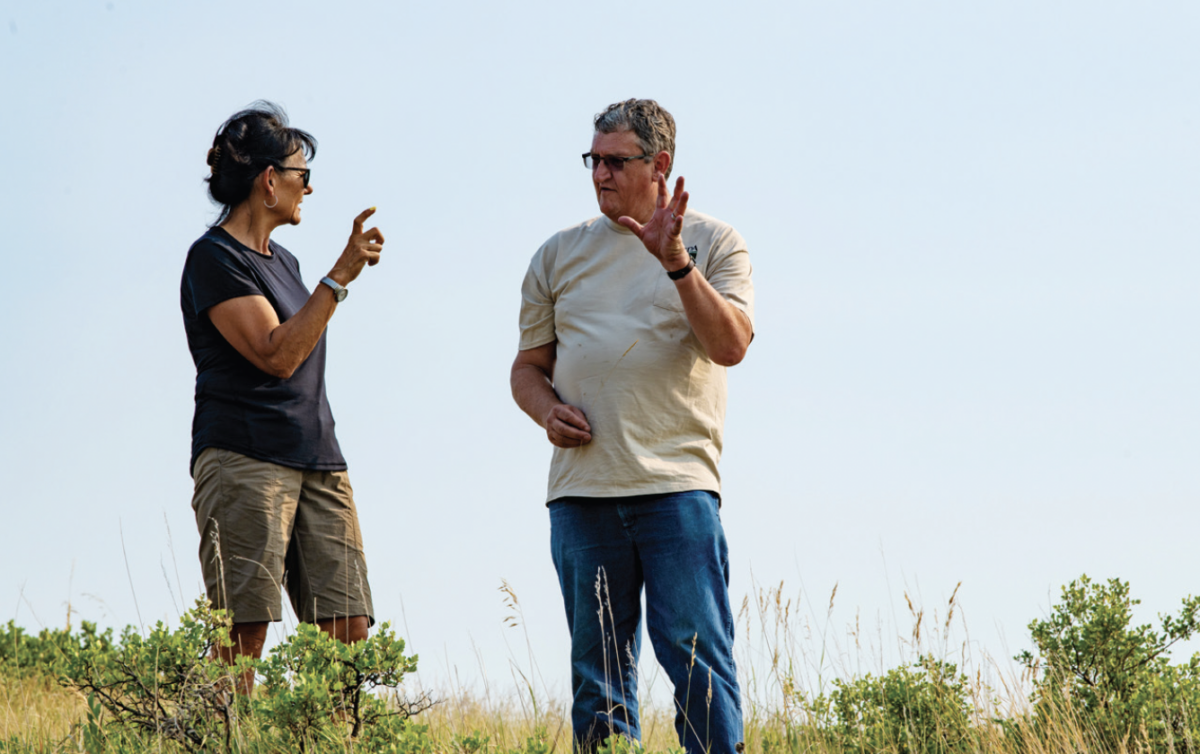
Now it's time to imagine the future for your farm business and to set short-and long-term goals for reaching your vision. It’s important to include all the key members of your planning team in each step in this task. As with values, you can easily find differences in each person’s vision and long-term goals for the farm, along with shared ideas. Taking each person’s values, vision and goals into account is important to the success of the planning process and business management.
Planning task 3 in Building a Sustainable Business includes worksheets with prompts that can help you turn your ideas into clear statements of vision, mission and goals. There are also real-farm examples to further guide you.
Vision
The first step in this task is to describe your vision for the future of both your farm business and the people involved with it. At this point it helps to revisit the values you laid out in task 1 because your vision should reflect your most important values. To get yourself thinking about a vision for the next five, 10 or 20 years, consider questions like:
- What will your farm look like in the future?
- What will you be producing?
- Who will be working there and in what roles?
- What will the landscape look like?
- How will your farm fit into nearby communities?
- How much will you earn from the farm business?
- What will your quality of life be?
Mission Statement
After writing down your vision, the next step is to develop a mission statement. The mission statement is a description of your farm and its guiding principles, and it draws on your values, current situation and vision. It should be general and short, typically no more than 3–5 sentences.
Think about how you’ll use your mission statement as you create it, because this can shape what you say and how you say it. For example, are you using it as an internal document to guide decisions, or do you plan to share it with lenders or customers to help them learn about your products and practices?
Goals
The last part of this task involves setting goals. Recall your vision for how the farm will look and operate in the future. Your goals are specific targets for making your vision a reality. In this step you should think about your personal, family, business, financial and environ-mental goals.
Think about what you want your farm to look like in the future, what you want to be doing with it, who you want involved, and so on. Your goals can be a mix of short, medium and long term. Goals that have a good chance of success are written using SMART guidelines. This means they are specific, measurable, achievable, realistic and timely. They should address the “who,” “what” and “why” for each area of your business (marketing, operations, human resources and finance). Goals don’t address “how” you will achieve your future vision.
Task 4: Strategic Planning and Evaluation
In task 3, you identified what you want to achieve with your farm business. Now it’s time to make a plan for how you’ll do so. Here you will:
- Develop a business strategy. What realistic set of actions will you take to reach your goals?
- Evaluate strategic alternatives. Will your plan result in an improvement over your current situation, especially in terms of time or finances
- Decide on a whole-farm course of action. Are you ready to implement your plan? If not, will you brainstorm new ideas or stick with your current situation?
- Develop contingency plans. How can you adapt if you find out things are not going as you expected?
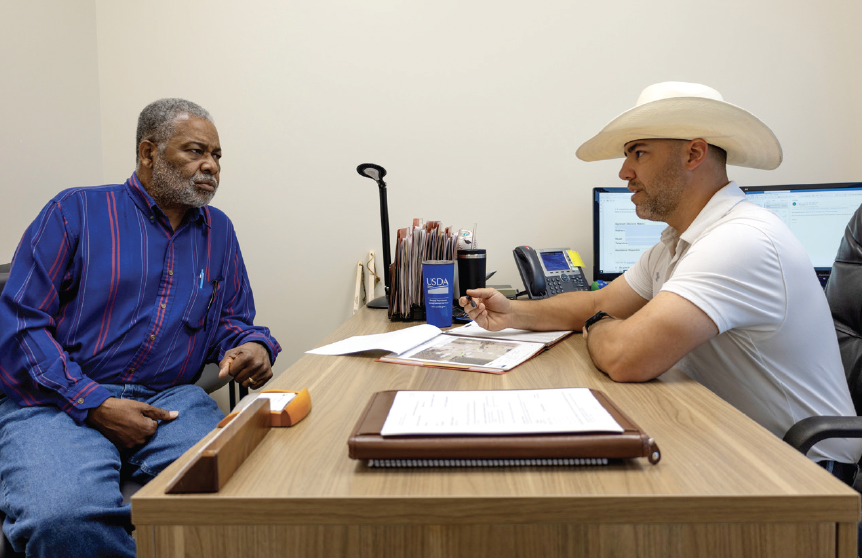
This is a very involved and complex task. The amount of information you need to compile here is similar to planning task 2, and it will be in the same four functional areas: marketing, operations, human resources and finances. Except this time, you’ll conduct detailed research on things like potential customers, competitor prices and the resources you need to implement your strategies. You’ll also make projections about things like sales volumes, your labor and capital needs, input expenses, cash flow and profitability.
Planning task 4 in Building a Sustainable Business includes in-depth guidance and many worksheets to help you gather the information needed to create your business strategy. Task 4 worksheets ask detailed questions to help you answer questions in these areas:
- Marketing: markets, products, competition, distribution and packaging, pricing, promotion, inventory and management
- Operations: regulations and policy, resource needs and gaps, size and capacity
- Human resources: labor needs and gaps, compensation, management and communications
- Finances: risk, organizational structure, financing options
You will need to take your time and work closely with your planning team members to complete this task. It’s very possible you’ll need to expand your team for some of these steps, for example by consulting with bankers, Extension specialists, other farmers or people in the industry with whom you’re doing business.
Task 5: Present, Implement and Monitor Your Business Plan
In this final task, it's time to put everything into a written business plan. There’s no one-size-fits-all format or template for a business plan. A lot of it depends on your specific situation: what you’re trying to accomplish and who you need to share your business plan with. But, all plans should be well organized, thorough and easy to understand.
Planning task 5 in Building a Sustainable Business begins with sample outlines of business plans for five different situations:
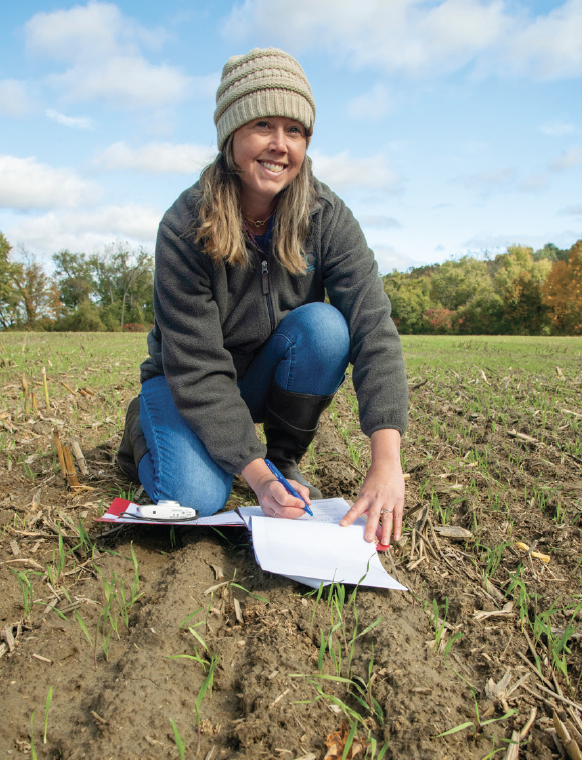
- For guiding the management team (a holistic plan)
- For communicating with lenders or other investors
- For adding a new product
- For a cooperative or other collaborative marketing group
- For a beginning farmer or startup business
Finally, after all this planning work, it might seem intimidating to actually start implementing your plan! Task 5 in Building a Sustainable Business gives an example of a farm family who wrote out an implementation “to-do” list for the first year of their plan. It included three important details: the task, the person responsible and the deadline.
Two very important parts of managing a successful business are monitoring progress and keeping records.
Creating a list of monitoring checkpoints allows you to see if your plan is succeeding or if you’re heading into trouble. Think of these checkpoints as targets or objectives that are similar to your goals, only they’re more detailed and on shorter time frames. For example, a monitoring checkpoint might be achieving a specific production target, sales volume or profit margin, etc. at the end of year one.
Of course, the only way you can monitor your progress is by keeping good records. Keep records of any aspect of your business that relates to your monitoring checkpoints and goals. These can be actual numbers, such as expenses, productivity measures and sales figures, or they can be more like observations, such as the plant species or wildlife populations around the farm, or even reflections on conversations with customers.
Remember, business planning isn’t something you do once and then say you’re finished. Revisiting your business plan every 12 months or so is a great way to help you adapt to change or to correct what isn’t working, all while keeping your long-term goals in sight.

